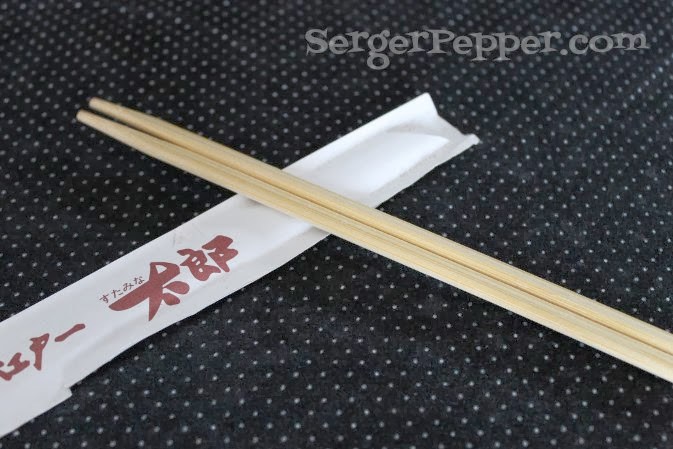Basic Sewing Tools For Beginners
Use this handy list of six must-haves for your beginner sewing kit. Blog Home / Sewing Blog / 6 Must-Have Tools for Your Beginner Sewing. Start with a basic. Luxor 1.0.5.34. From basic sewing supplies to specialized needles and cutting supplies, here's everything you need to know about sewing tools.
Today, I’d like to talk to all the beginners out there. I know how disheartening it is to be a beginner at something. Often when you’re learning something new, your imagination and taste greatly outpace your actual skills.
You know when something looks wrong, but you aren’t at the point where you can fix it. This can be highly motivating, but it can also be incredibly frustrating. “Nobody tells this to people who are beginners, I wish someone told me. All of us who do creative work, we get into it because we have good taste.

But there is this gap. For the first couple years you make stuff, it’s just not that good. It’s trying to be good, it has potential, but it’s not. But your taste, the thing that got you into the game, is still killer. And your taste is why your work disappoints you.” -Ira Glass The good news is, things are getting easier. The evolving world of sewing Here’s how I used to pick my sewing projects: Head over to the big chain fabric store.

You know, the one in the strip mall that smells overwhelmingly like christmas half the year. After a quick browse through the 50% off section, I’d head over to the pattern table, where the stacks of massive pattern catalogs lived. Usually, there’d be a few other bored-looking ladies there rifling through, and at least one frustrated bride-to-be with her mother, horrified by the massive leg-o-mutton sleeves she was being presented with. I’d sit down and start browsing, ever hopeful that I’d find something I could work with.
I’d stare and squint, and try to imagine the clothes in better colors, different fabrics, and on less generic looking models. Finally, I’d settle for something I thought I could work with. I’d totally ignore the skill level indicated by the pattern, and only kinda-sorta pay attention to the recommended fabrics. As you can imagine, this was not a recipe for awesome. Oh, occasionally I’d get lucky and make something work, but more often I got in over my head and had to do some slapdash sewing to pull the whole thing together.
The indie revolution to the rescue These days, the new sewist has many more options. In addition to those phone book sized pattern catalogs, there are amazing indie pattern companies to choose from, many of which make a point of guiding and helping newbies through blogs,, and. There are also wonderful to buy from, and classes both in person and online. The sewing world has exploded with options. But that’s only part of the story.
Though we have better options nowadays, I don’t think it’s necessarily easier to know what to sew, especially if you aren’t experienced. It’s still way too easy to get in over your head and lose all confidence. Pick your skills, pick your project Here’s my simple tip for the beginner to become a competent sewer in no time: Learn at least one new skill with each project.
Your skills need to build gradually over time, and the best way to do that is to focus on learning something new with each project you try. Think of it as giving yourself little assignments.
It does require some advance planning and research, but you’ll come out of each project with stronger skills and probably something you like a little better than the chain store special. A true beginner sequence To give you an idea of what I mean, here’s a sample sequence of patterns and projects I’d recommend to a complete beginner, and the skills you’d learn. • Make a pillow. So easy, and you don’t need a pattern. You’ll learn how to cut and sew with seam allowances.